Tales from the poop deck
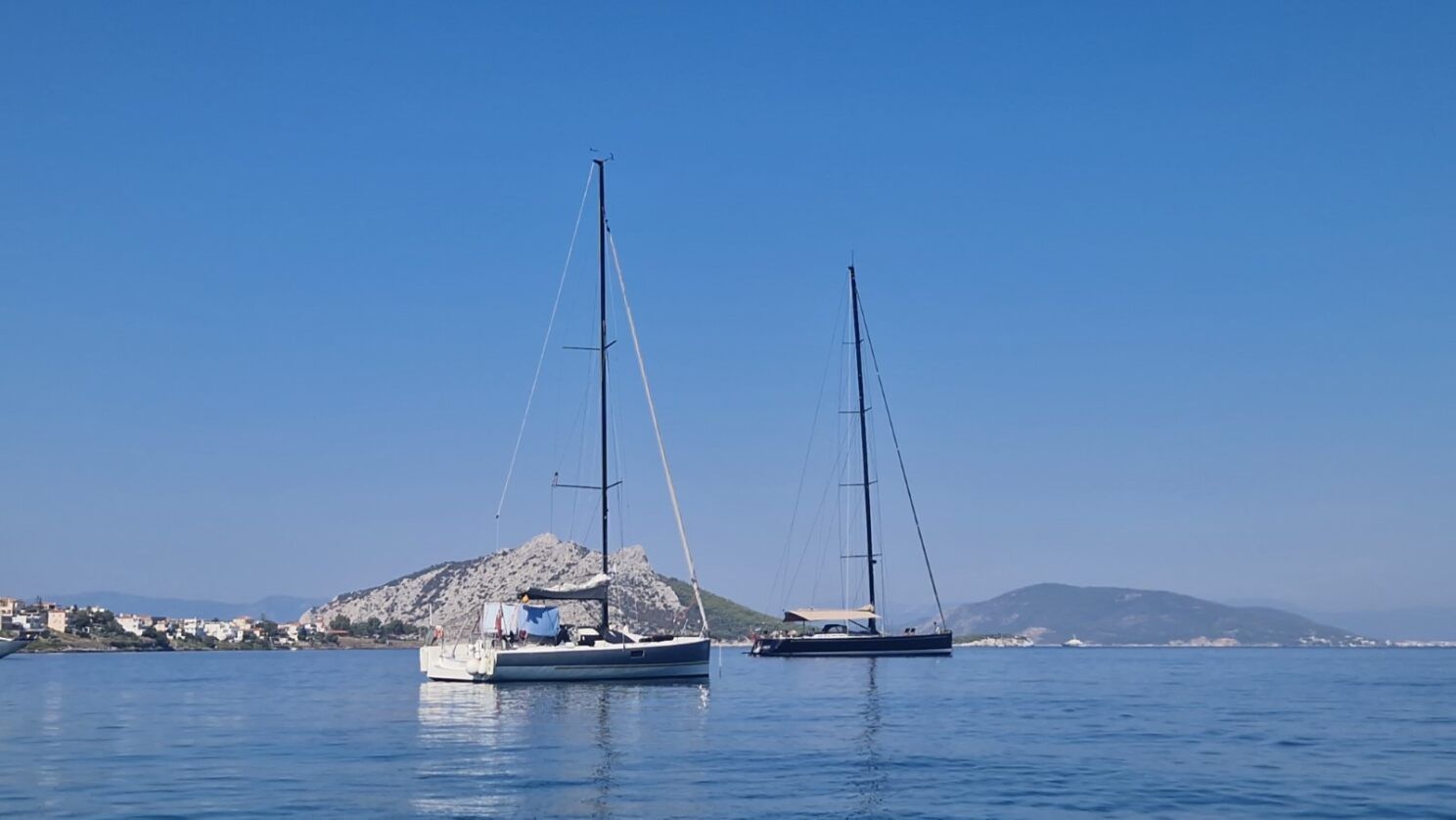
Over the years we’ve owned Libra we (by which I mean mostly Igor) have put a lot of thought into making her a better place to spend time. So, we have comfortable bedding, decent kitchenware and various other tweaks to make the boat as much of a home from home as we can.
There’s one thing that has been bottom of the list (if you’ll pardon the pun) for improvements. Yes, what sailors counterintuitively call the 'heads'. If you’re eating while you read this you may want to return later (or not at all).
Most boats including Libra are equipped as standard with a marine toilet which, in modern boats, has a 'grey water' or holding tank for the waste. When you use it you flush with water pumped into the toilet from the sea, river or lake where you’re sailing. This goes to the grey tank and then either straight back into the water or you can close the through hull valve on the tank and dispose of it ashore at a pump out station or more than three nautical miles offshore.
Over time this setup can get nasty and smelly.
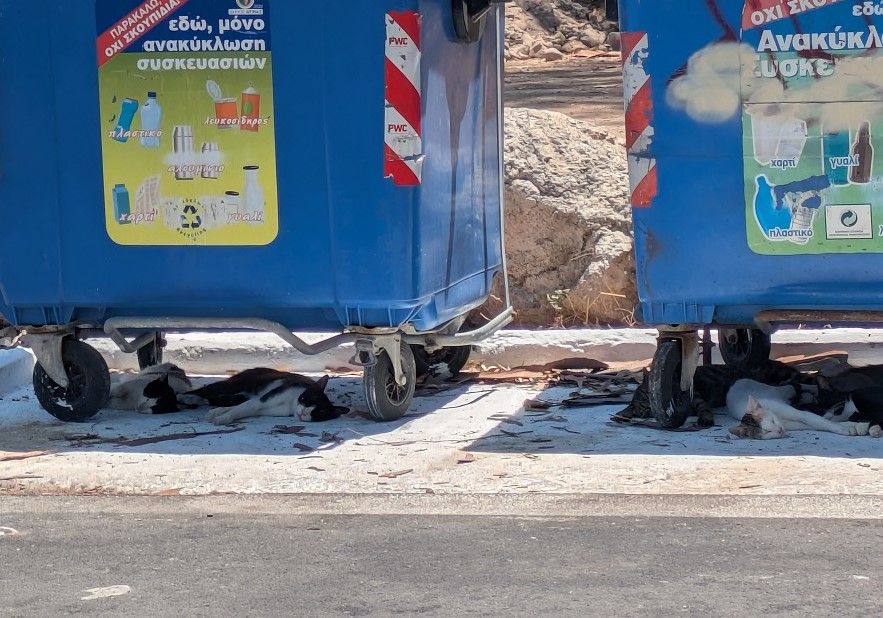
The pipes may clog with a disgusting combination of urine crystals, toilet paper, seawater, limescale and worse. The tank starts smelling of what you’re putting into it so you need chemicals to keep it sweet. Plus of course it never seems quite right to just chuck all that crap etc into the water. So we decided we’d try a composting toilet.
This is a different system entirely. Instead of using water to carry away your waste you allow it to degrade naturally, so that eventually it becomes, as the name suggests, compost.
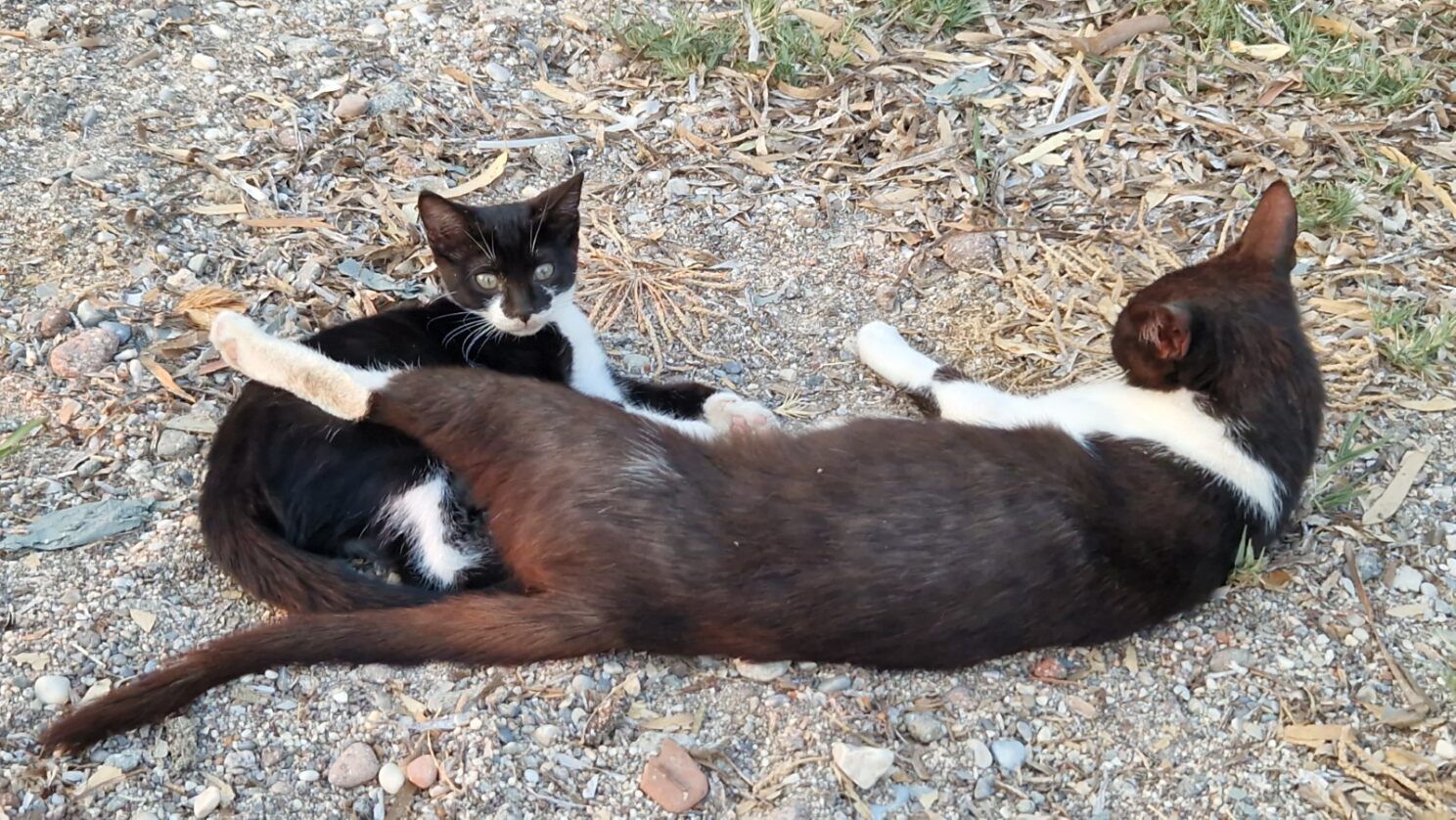
As always Igor researched thoroughly. He tells me his research included watching about a hundred shitty YouTube videos. My ‘research’ was to read comments on composting toilets from sailing pages on Facebook. Most people seemed to think they were great and didn’t smell. We decided to give them a go and while we were at home ordered a compact Trelino composting toilet.
To look at it’s kind of similar to a coolbox, until you open the lid. I won’t be keeping beers in ours, that’s for sure.
Apparently the trick for avoiding the sort of smells you’d expect is to keep urine and faeces separate. Urine goes into a bottle. Faeces go into a separate bucket. The design of the toilet seat is such that, if you use it properly, your solid and liquid waste are routed separate ways to the correct receptacles.
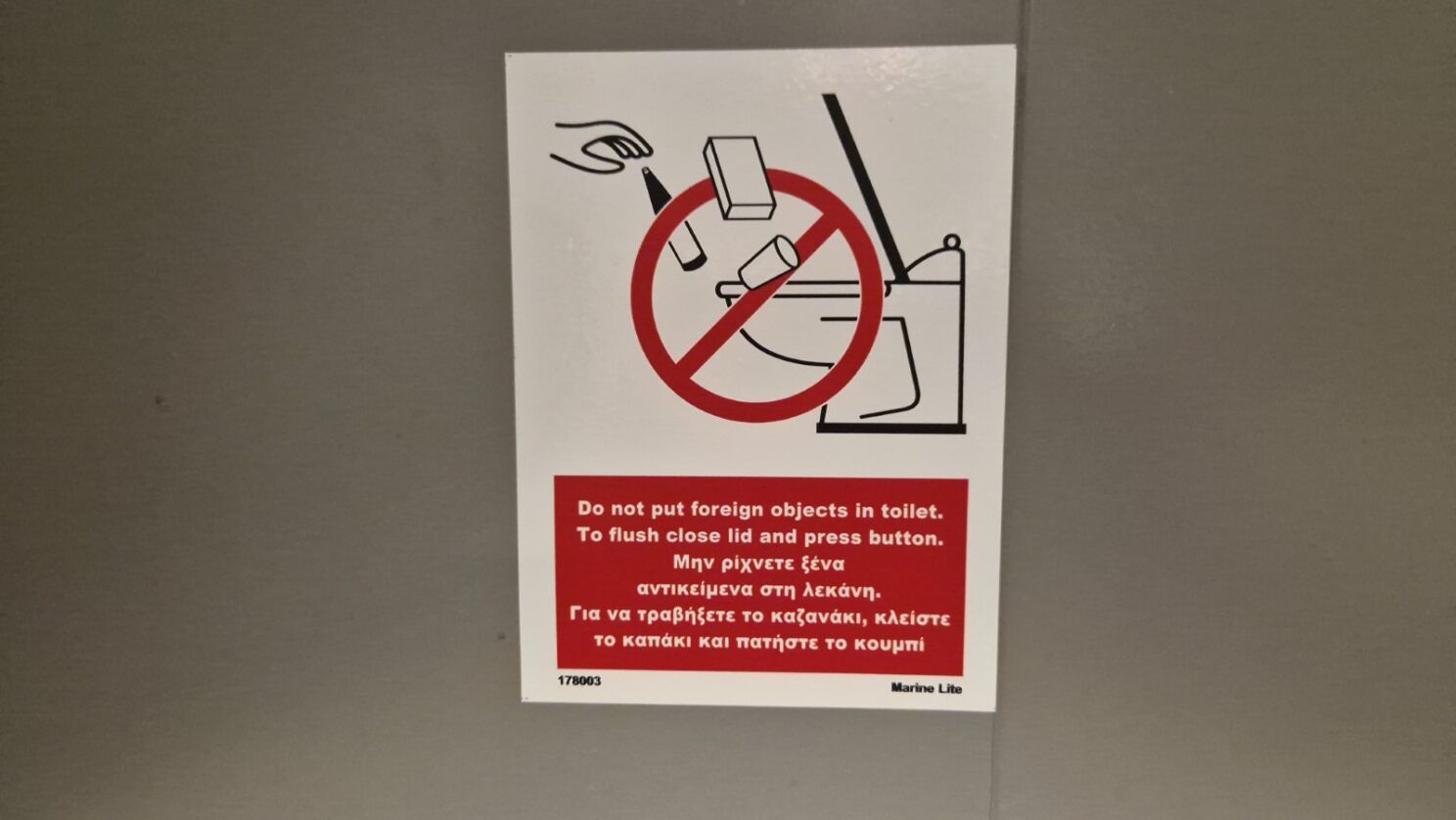
When I first read about this I just couldn’t understand how it could work. Seeing the Trelino it all makes sense. The toilet is German designed and just as efficient as you would hope.
The seat is moulded in one piece with a sort of basin shaped thing at the front, the urine separator. It drains down to a little hole which connects to the urine bottle. Behind this is a big hole over the bucket where you position your posterior so that the solids fall down. The bucket is lined with a strong plastic bag, and you put a layer of organic matter such as wood shavings, sawdust, coconut coir or similar down before you use it.
After you deposit something into the bucket you put another handful or two of organic matter over the offensive item. This draws out moisture from the poo and renders it odourless (in theory). Same principle as your cat using the litter tray. Given time it will biodegrade into proper, harmless compost which you can use in the garden.
Fantastic, eh?
The Trelino was taken apart and stashed into our suitcase (along with the Infinity paint we’d bought to revive the hull).
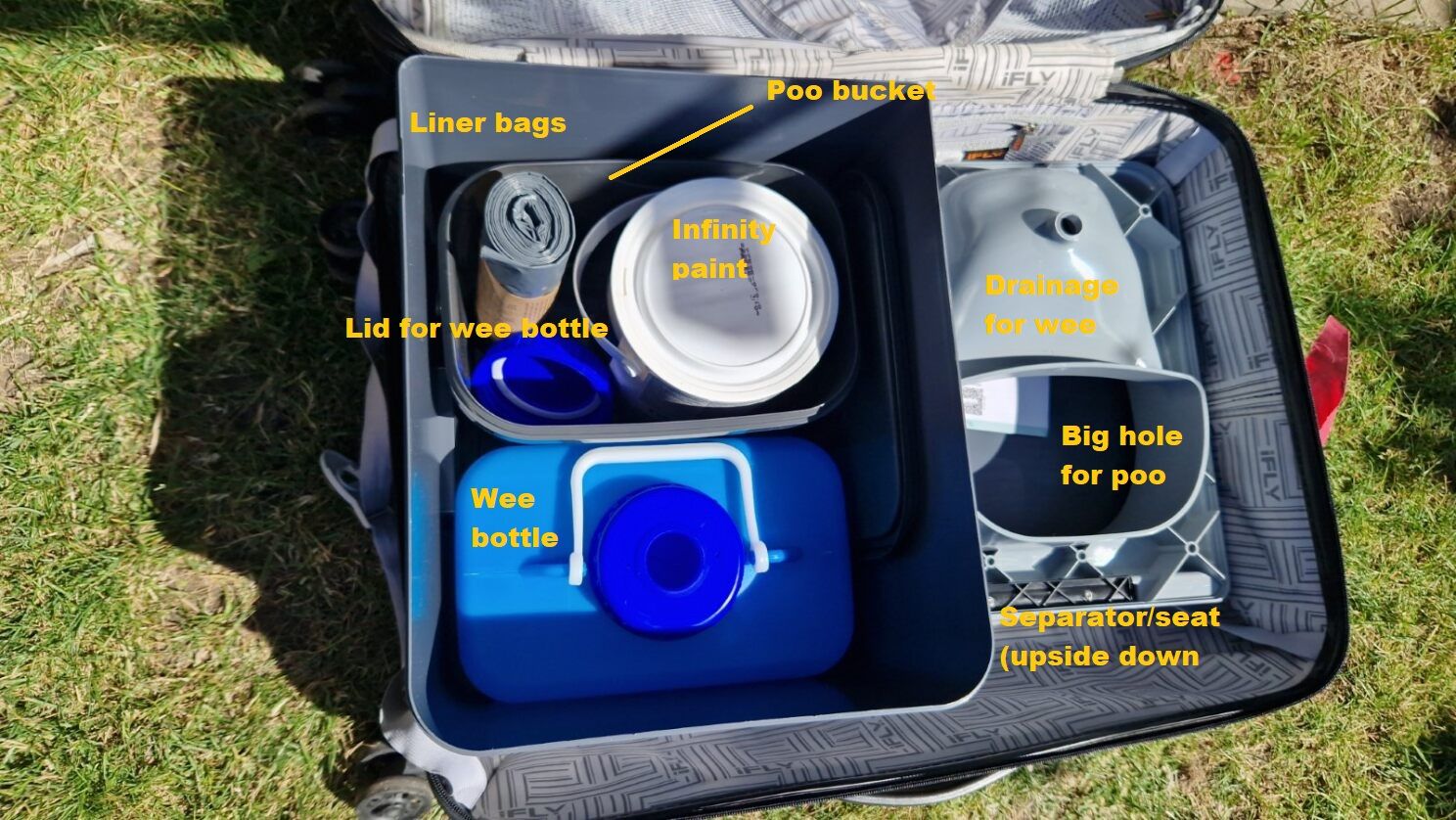
We also brought a couple of slabs of compressed coir to use in the toilet as it’s highly recommended and less bulky than wood shavings. When our son Vik saw them he asked if we were smuggling weed. I missed the opportunity to reply, ‘No, poo’d’.
Once we got to the boat the Trelino was duly placed next to our marine toilet and we both stared at it for a few days. We were in the boatyard so didn’t need any onboard facilities. We launched. We still stared at it. Eventually we decided we ought to start using it.
First, a heavy duty plastic bag was put as a liner for the poo bucket. Igor cut a chunk off the coir slab, broke it into sawdust like fragments and put a layer onto the bottom of the liner. There’s a lid for the bucket so it looks like a big black Tupperware lunchbox. As the bucket is only used occasionally we keep it closed to keep the smells in (also a lot nicer than looking at your waste products).
To spare blushes I won’t say who used the bucket bit first. They did what they had to do, covered it with compost and put the lid back on top of the poo bucket. A few hours later the other one of us decided to try it. They took the lid off and noticed that the coir was not a particularly effective deodoriser. If you’ve ever been to Glastonbury or similar you’ll get the idea.
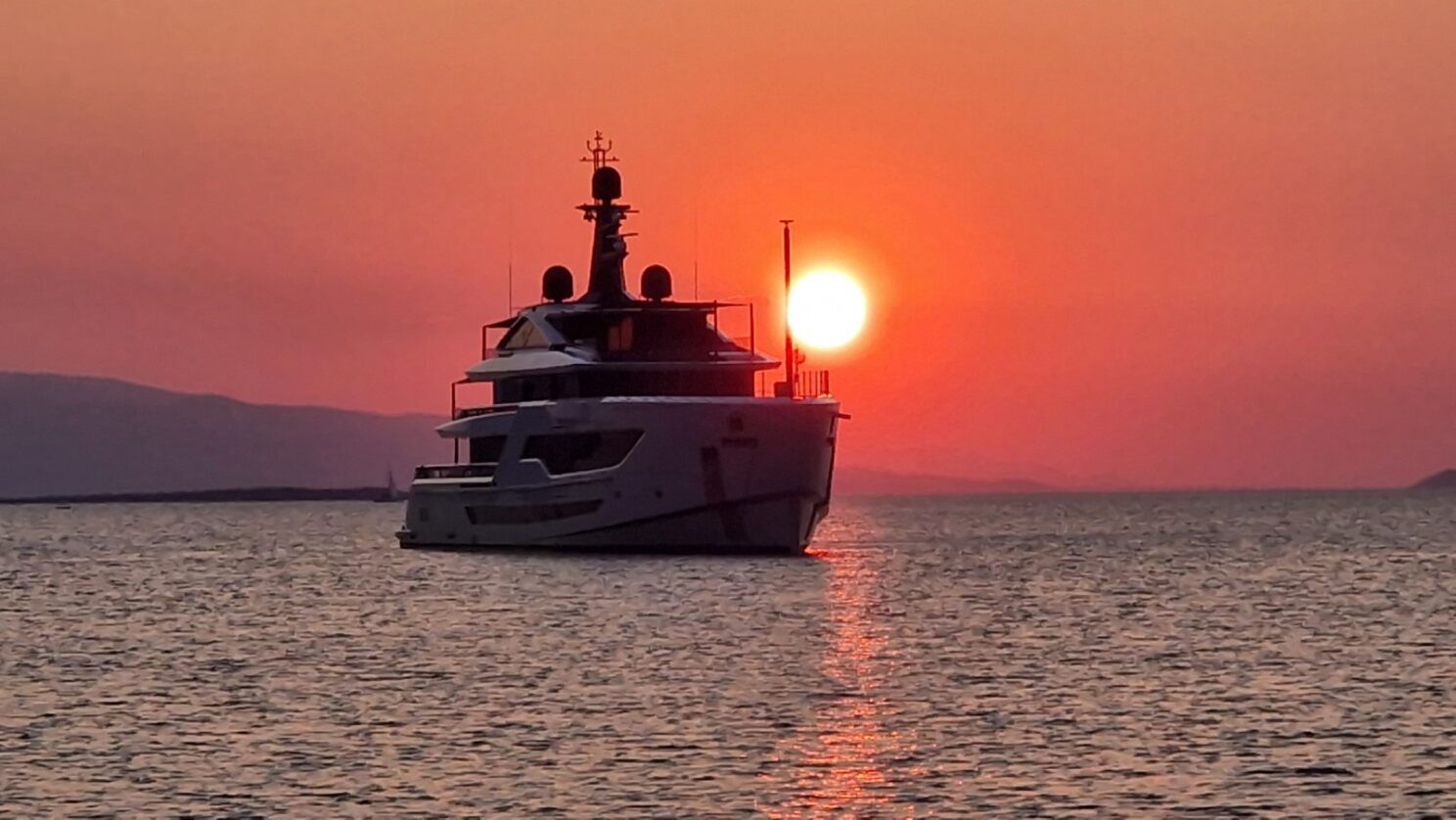
Talking of smells, it’s very important to keep your composting toilet clean. We watched a video before we left where a very nice young lady demonstrated how to do this. She had a spray bottle of dilute vinegar solution and after each use sprayed the wee bowl and wiped it dry with clean toilet paper. Of course, we’re on an island in Greece and they don’t seem to sell white vinegar in the little supermarkets here. The only vinegars I had were balsamic or some red wine vinegar I bought in France. The wine vinegar would have to do.
Following her guidance, after each wee I’d get fresh toilet paper, dampen it with clean water, add a couple of drops of vinegar to it and wipe the bowl. This meant that the toilet didn’t smell of wee at all. It smelt of red wine vinegar.
After a couple of days of this I went to the Trelino website to see what they recommend. According to them you should just wipe the urine separator bowl with dry toilet paper. That’s a lot easier and the toilet no longer smells like a chippy.
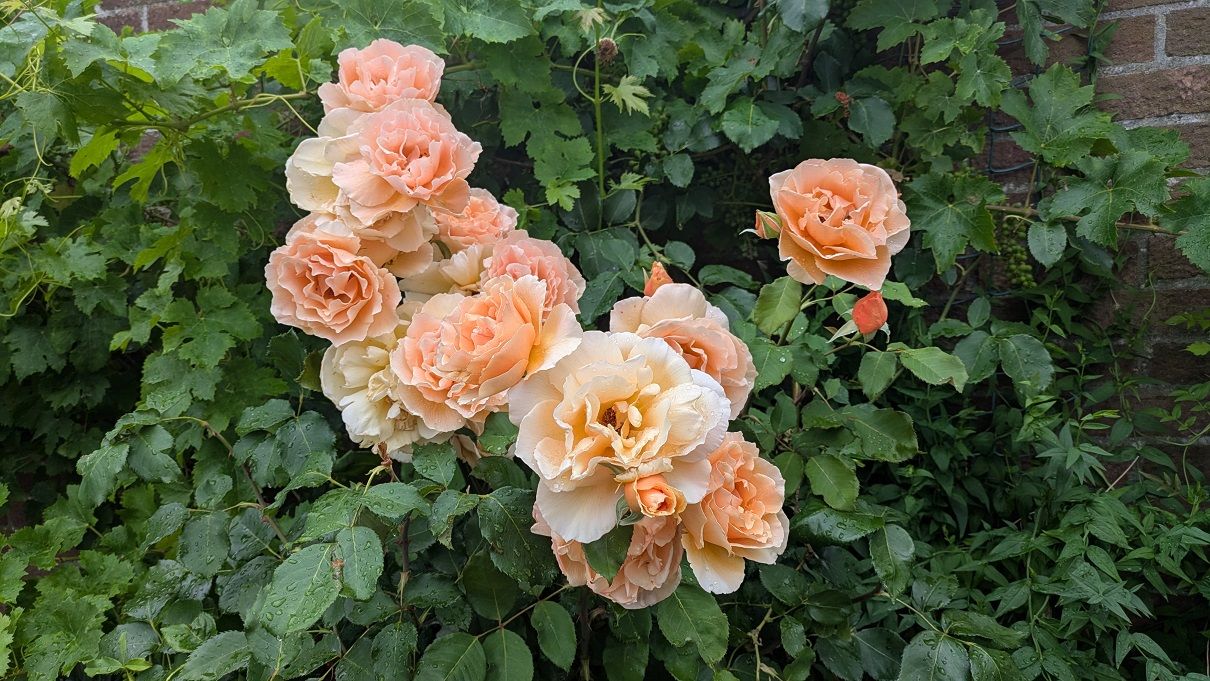
Thanks to the liner in the poo bucket and barring accidents all the mess goes straight into the bag. I can confirm that the urine separator does its job most efficiently provided you sit down to wee. By the way, for my male readers, you have to sit on the toilet. Precision peeing is vital, no aim and spray or it’ll go everywhere, wet the poo compost and the whole thing will be even more unpleasant than it needs to be.
Incidentally, when we got back on the water this time our marine toilet was making some noises as you pumped it, having dried out while we were away. Following advice I put a few drops of olive oil down it to stop the squeaks. In case you think I’m the sort of woman who loves my boat so much I put extra virgin down the bog, this bottle has been sitting in a cupboard in the heat for over a year so I doubt it would taste particularly nice.
So if you come aboard and see oil and vinegar in our loo it doesn’t mean we’re preparing salad in there.
Talking of food related compost toilet matters, I did a bit more research into what is the best composting medium and it turns out that used coffee grounds do a really good job and smell nice too. You just mix them with your other compost so they go further. As we use filter coffee we have a reasonable supply of grounds every morning, good to be able to recycle.
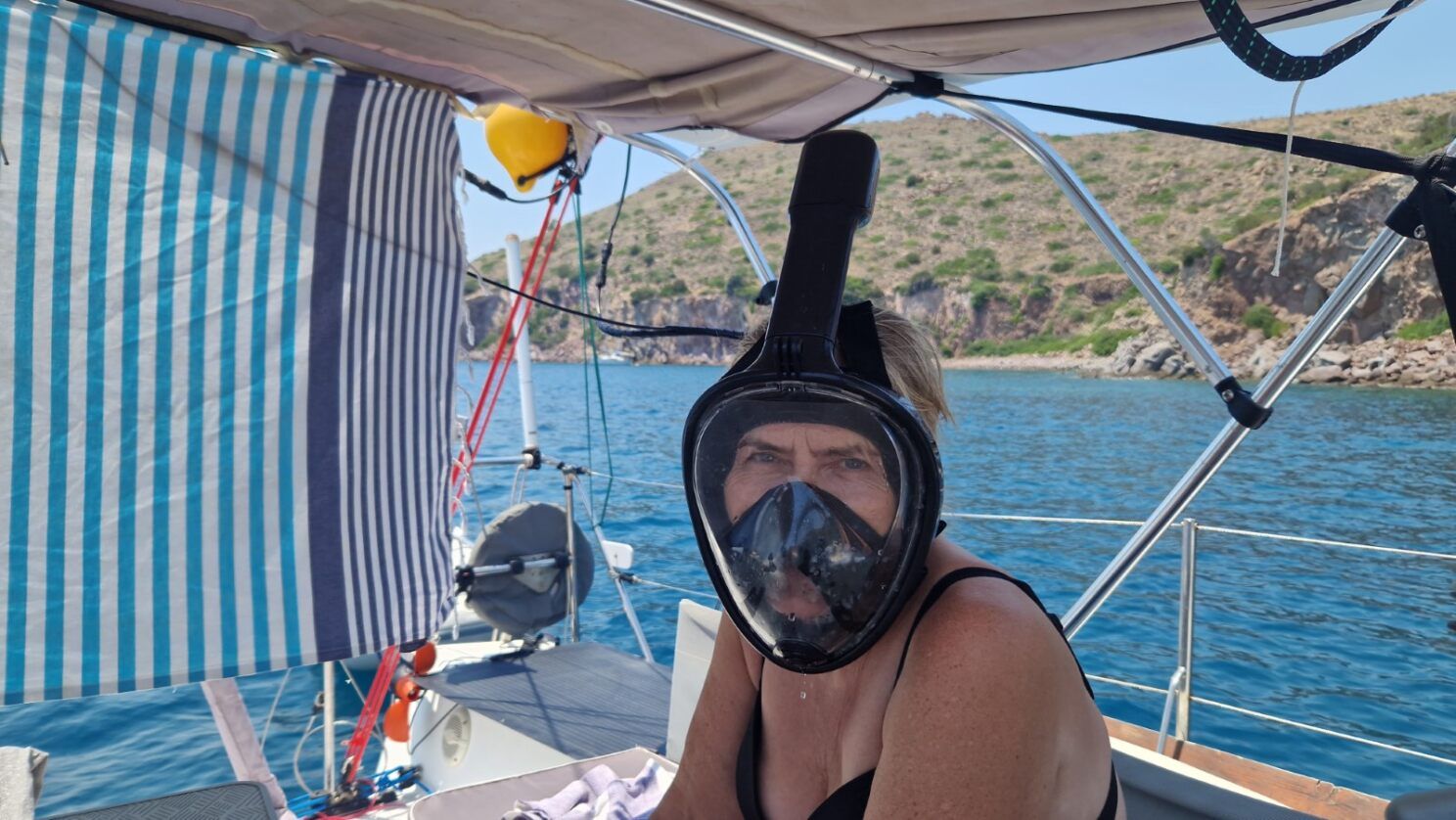
We have now emptied the poo bucket. All the waste is contained in the bag which can be disposed of in the dustbin (legal in our part of the world, different rules may apply in different countries). Igor emptied it and didn’t complain. The urine bottle is emptied either down a normal toilet or in a considerate manner. It’s just wee, no chemicals, then you rinse it and it’s ready (for you) to go again.
So the overall verdict is that this is pretty good. The design is great, smooth surfaces, no complicated handles or curves to clean. Everything can just be rinsed and wiped.
No more worries about overfilling the grey tank and having it leak while you swim (very nasty). No noisy pumping in the middle of the night. Not much, if any, smell unless you open a used poo bucket. The simplicity is really appealing, it's compact and unobtrusive, a definite yes from us.
Bottoms up! (or maybe that should be ‘Bottoms down')
You can comment (or ask questions) at Libra Sail | Facebook